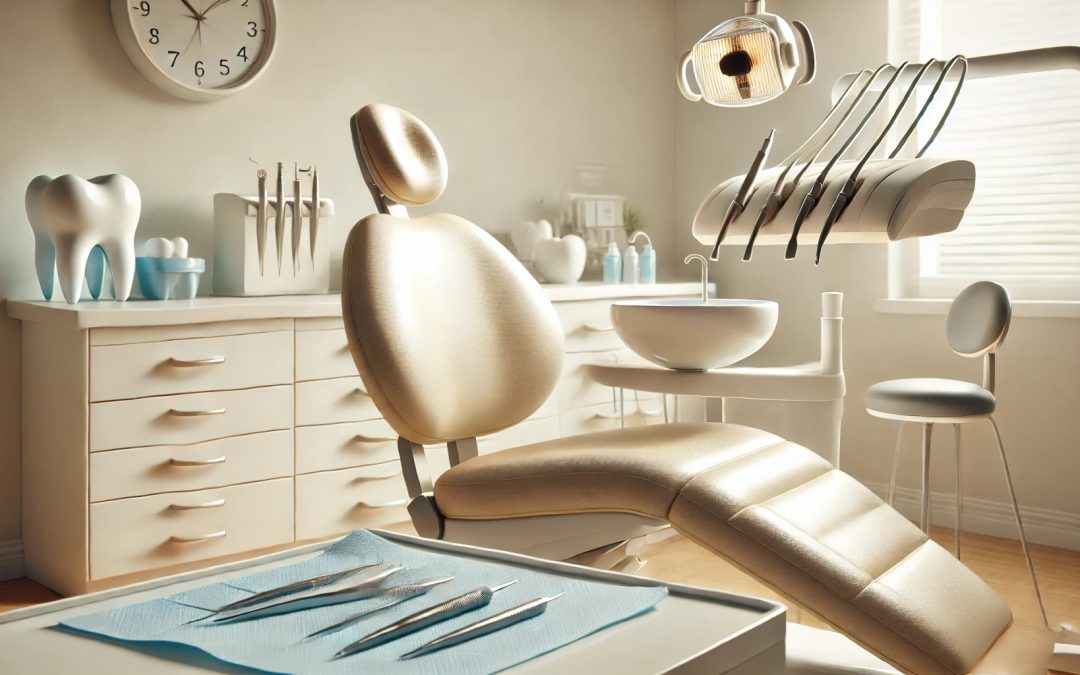Introduction
Technology in the dental field is advancing rapidly, offering more efficient, precise, and comfortable solutions for both dentists and patients. If your clinic is still relying on old or outdated equipment, it may be time for an upgrade. Outdated tools can slow down your workflow, reduce treatment accuracy, and even affect patient satisfaction. But how do you know when it’s time to invest in new equipment? Here are five clear signs that indicate your dental tools and machines need an upgrade.
1. Frequent Breakdowns and Costly Repairs
If you find yourself constantly repairing the same piece of equipment, it’s a major red flag. Over time, dental tools experience wear and tear, and continuous maintenance can become costly. Broken or unreliable equipment disrupts your schedule, frustrates your staff, and can lead to patient dissatisfaction due to unexpected delays. Additionally, repair costs add up quickly, sometimes making it more expensive to keep fixing old equipment rather than investing in a reliable new model.
💡 What to do: If a piece of equipment has required multiple repairs within the past year, compare the costs of maintenance to the price of an upgrade. In many cases, investing in a new unit saves money in the long run and improves overall efficiency.
2. Outdated Technology Slows You Down
Older dental equipment often lacks the speed, precision, and automation that modern technology offers. If you or your staff find that certain procedures take longer than they should, your equipment may be outdated. Newer models are designed with advanced features that can reduce treatment time, enhance accuracy, and minimize patient discomfort.
For example, if you’re still using film-based X-rays, it’s time to switch to digital radiography. Digital systems process images instantly, provide better diagnostic detail, and reduce radiation exposure for patients. Similarly, if your handpieces, sterilization units, or imaging tools feel slow or inefficient, an upgrade can significantly improve workflow and patient experience.
💡 What to do: Take note of which devices are causing delays or inefficiencies in your daily practice. Research newer models with faster processing times, enhanced precision, and better usability.
3. Decreased Patient Comfort and Experience
Patient expectations have changed, and modern dental clinics are expected to offer a comfortable, efficient, and seamless experience. If your equipment is outdated, your patients might feel discomfort during treatments, leading to negative reviews or hesitation about returning for future visits.
For example, older ultrasonic scalers can cause unnecessary discomfort due to inconsistent power delivery, while modern models offer more precise control and enhanced comfort. Likewise, traditional impression trays can feel bulky and unpleasant, whereas intraoral scanners provide a fast, accurate, and gag-free alternative.
💡 What to do: If patients frequently express discomfort or dissatisfaction with certain procedures, assess whether outdated equipment is the cause. Newer technology can significantly enhance the patient experience, making treatments quicker, smoother, and more comfortable.
4. You’re Falling Behind Industry Standards
Dental associations and governing bodies frequently update industry standards and recommendations. If your equipment is several years old, it may no longer meet the latest safety, hygiene, and efficiency requirements. Using outdated equipment can also put you at a disadvantage compared to competitors who offer cutting-edge treatments and technology.
For example, many clinics are now using 3D printing for dental models, laser dentistry for minimally invasive procedures, and AI-powered diagnostics for more accurate treatment planning. If your clinic still relies on older methods while competitors invest in advanced solutions, you might lose patients to practices that offer better, faster, and more innovative care.
💡 What to do: Stay updated with the latest advancements and regulatory changes in the dental industry. Attend conferences, training programs, and workshops to ensure your clinic remains competitive.
5. Limited Integration with Modern Dental Software
Dental software has become a crucial part of practice management, diagnostics, and treatment planning. If your current equipment doesn’t integrate with modern digital solutions, you’re likely missing out on opportunities to improve efficiency and enhance patient care.
For example, if your digital X-ray system doesn’t integrate with your electronic health records (EHR) software, you may have to manually transfer data—wasting time and increasing the risk of errors. Similarly, newer intraoral scanners and CAD/CAM systems seamlessly connect with digital treatment planning tools, making procedures like same-day crowns and aligners possible.
💡 What to do: Evaluate whether your current equipment can integrate with digital software for smoother workflows. If not, upgrading to compatible systems can help streamline patient data management, treatment coordination, and clinical efficiency.
Conclusion
Upgrading your dental equipment isn’t just about staying modern—it’s about improving efficiency, patient experience, and overall clinic performance. If you’re dealing with frequent breakdowns, slow procedures, patient complaints, outdated technology, or lack of software integration, it’s time to invest in better, more reliable solutions.
🚀 Take the next step: Assess your clinic’s needs and research the latest innovations that can help you enhance productivity, reduce stress, and deliver top-quality care.

